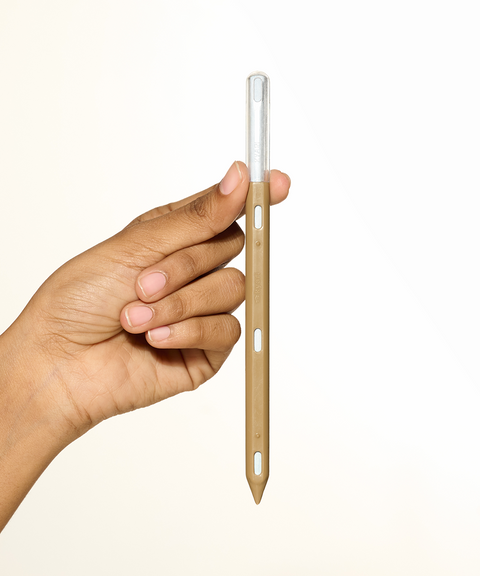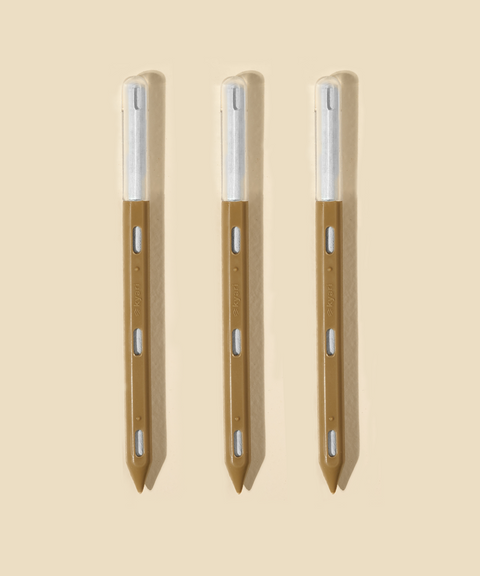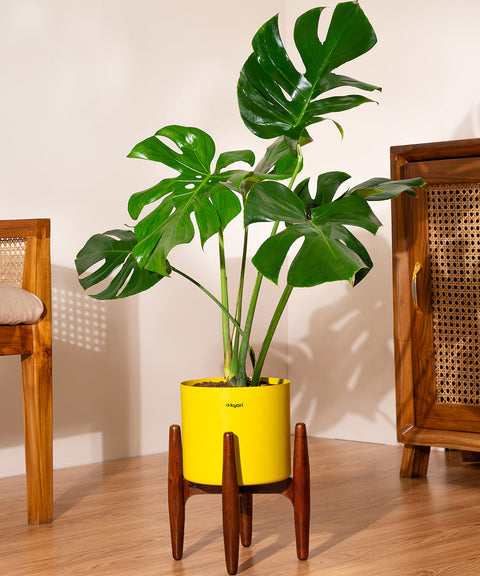Care guide
Calathea plants prefer bright, indirect light. Avoid exposing them to direct sunlight, as it can scorch their leaves. Place them in a location with filtered light or a few feet away from a north or east-facing window. Insufficient light can result in loss of leaf color and leggy growth.
Calathea plants thrive in temperatures between 65°F and 75°F (18°C and 24°C). They are sensitive to cold drafts and temperatures below 60°F (15°C). Protect them from chilly air and keep them away from cold windows or air conditioning vents.
Calathea plants prefer consistently moist soil, but they are sensitive to overwatering. Water them when the top inch (2.5 cm) of soil feels slightly dry. Use room temperature water and water thoroughly until it drains from the bottom of the pot. Ensure that the pot has proper drainage to prevent waterlogged roots.
Calathea plants require high humidity to thrive. They are native to humid rainforest environments. Increase humidity by placing the plant on a tray filled with pebbles and water, making sure the pot is above the water level. Regular misting or using a room humidifier can also help maintain adequate humidity levels.
Use a well-draining, peat-based potting mix or a mixture of peat moss, perlite, and orchid bark. Good drainage is important to prevent waterlogged roots. Calathea plants prefer slightly acidic soil with a pH between 6 and 6.5.
Feed your Calathea plant with a balanced, water-soluble fertilizer diluted to half the recommended strength. Apply the fertilizer once a month during the growing season (spring and summer). Avoid overfertilization, as it can cause leaf burn. Reduce or stop fertilization during the dormant period in winter.
Calathea plants prefer slightly cramped conditions, so choose a pot that is slightly larger than the root ball. Repot them every 1-2 years or when they outgrow their current pot. When repotting, be gentle with the delicate roots and use fresh potting soil.
Regularly remove any yellowed, browned, or damaged leaves by cutting them off at the base. Pruning helps maintain the plant's appearance and allows it to focus its energy on producing new leaves.








 Limited Time Deal
Limited Time Deal
 BYOB - Small Plants
BYOB - Small Plants































































































